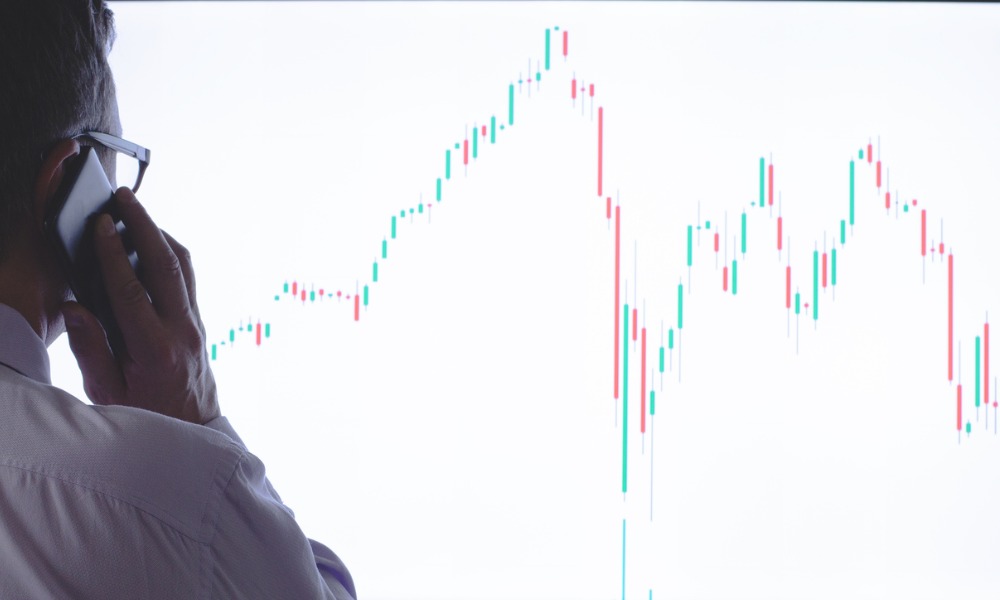Industry insiders urge advisors to tap into our digital future and embrace global innovation

What twists and turns should investors expect in 2021? After 2020, who knows? Anyone making bold predictions is inviting disaster.
However, as we all eye our first meal out or flight to a sunny destination, there are some important themes to consider as we embrace a vaccine-infused future.
The pace of stronger growth will likely increase in speed as the vaccine rollout accelerates. Governments and central banks were quick to implement emergency measures and policy, which means many people and businesses have stayed afloat during this recession.
However, although these measures will provide a partial offset to the slowdown in late 2020, until COVID-19 is fully contained it will inevitably continue to impact near-term growth.
Capital Group U.S. economist Jared Franz said: “All growth forecasts depend on the trajectory of the vaccines. While administration of the vaccines got off to a slow start in the U.S., the pace picked up meaningfully in the early days of the new year.
“A further pickup in the pace of distribution could drive U.S. GDP growth above 3% in 2021, with growth concentrated in the second half of the year.”
Investors are also urged to tap into the digital future, with digital life having reshaped the economic landscape, changed consumer habits and expectations, and altered the competitive landscape for entire industries.
As a result, companies that have adapted, and have fast and efficient online business models, are soaring above the terrestrial competition. The question for investors is which of these trends are long lasting and which will fade.
”I'm hopeful that lockdowns will be fleeting, but many of the digitization trends that were accelerated by COVID — the shift to online commerce, online doctor’s appointments and the migration to internet TV — I think all those trends are going to endure,” says equity portfolio manager Mark Casey. “People formed new habits in 2020, and those habits are going to be sticky.”
As a digital revolution takes place, the assumption that U.S. is the centre of innovation is being well and truly quashed. Things like the tap-and-go payments app that many have started using has been a mainstay of life for years in China, South Korea and other Asian countries.
“A decade from now, I think digital payments will be the norm and people will give you odd looks if you try to pay with cash,” says equity portfolio manager Jody Jonsson.
These days, Asia and Europe lead the world in some of tomorrow’s technology, including renewable energy as well as digital payments. Investment opportunities in international and emerging market should, therefore, not be ignored.
When it comes to bonds, the downturn of 2020 showed how important it is to hold on to high-quality bonds as a buffer to market volatility.
The Bloomberg Barclays U.S. Aggregate Bond Index, for example, did exactly what it was supposed to do: hold steady during times of turbulence. It declined only a few percentage points during the worst of the crisis and recovered much more quickly than the stock market.
“No matter the environment, a high-quality core bond fund is critical to act as ballast and fortify your portfolio,” says Mike Gitlin, head of fixed income at Capital Group. “While total returns may be more modest in the coming years, the need for diversification, capital preservation, income and inflation protection in a balanced portfolio hasn’t decreased.”
Capital Group’s Portfolio & Analytics team recently reviewed more than 4,000 portfolios of U.S. investors and found that investors significantly reduced allocations to value equities over the past three years.
Now is not the time to avoid growth stocks but rather to ensure they haven’t outgrown their role in the portfolio. The start of the year gives financial professionals a great opportunity to check if their clients’ equity holdings are still aligned with their long-term goals.



